The world of transportation is on the cusp of a revolutionary transformation. Soon, we may see a huge change from human-driven cars to fleets that drive themselves. Rapid improvements in AI, sensor technology, and connectivity are paving the way for a new age of efficient transportation. In this blog, we explore the fascinating world of autonomous vehicles. A cutting-edge fleet management software that has the potential to change the way we get around and do business.
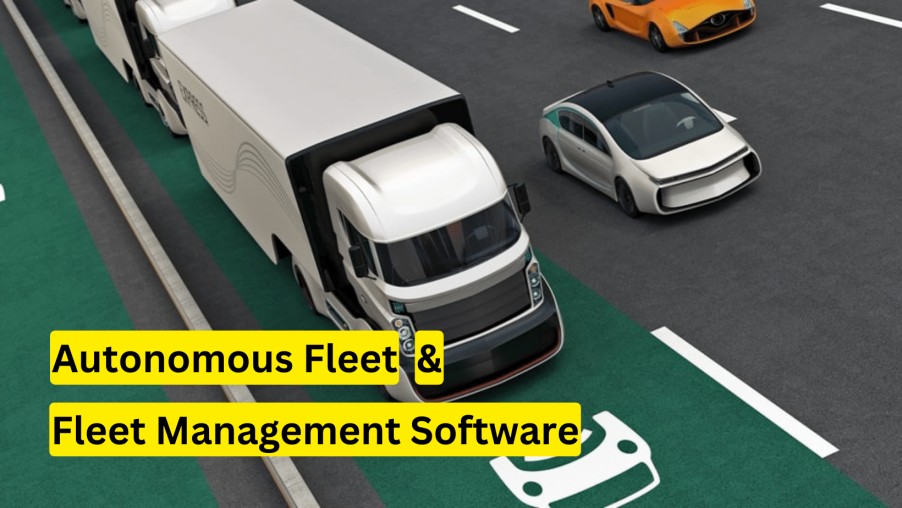
1. The Rise of Autonomous Vehicles
Picture this:
A city where self-driving vehicles glide through the streets like well-orchestrated dancers. Each knows its precise role in the intricate transportation symphony. This utopian vision may not be too far-fetched. Autonomous Vehicles, powered by AI-driven systems, are evolving, and their potential benefits are hard to ignore.
1.1 Enhanced Safety:
The primary advantage of autonomous vehicles lies in their potential to reduce road accidents caused by human error. With AI at the wheel, these vehicles can analyze real-time data. They can find potential hazards and make split-second decisions. It helps avoid collisions, saving countless lives.
1.2 Increased Efficiency:
Autonomous vehicles promise to optimize the use of roads, cutting down on traffic congestion and reducing travel times. AI algorithms coordinate vehicle routes, cut overlaps and maximize capacity. This results in a more efficient transportation network.
1.3 Environment Friendly:
The world is becoming conscious of its environmental impact. The autonomous vehicles play a pivotal role in creating a greener future. Self-driving vehicles are more likely to be electric. This will reduce emissions and decrease our carbon footprint.
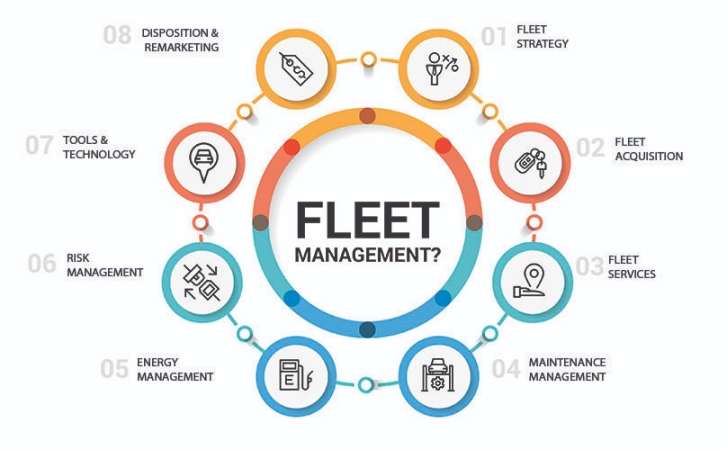
2. Fleet Management Software
The seamless operation of an autonomous vehicles depends on a good fleet management software. These complex programs are like the unseen hands that move the fleet. They make sure that each car works well with the others.
2.1 Centralized Control:
Fleet management software is like the brain of an autonomous vehicles. It keeps track of and manages the state of each vehicle in real time. It gives fleet operators a full picture of how their fleet is doing, so they can make choices based on data.
2.2 AI-Driven Predictive Maintenance:
Predictive maintenance is another game-changer brought about by fleet management software. AI algorithms analyze sensor data from vehicles to detect potential issues. This helps in servicing vehicles before costly breakdowns. This proactive approach reduces downtime and prolongs the lifespan of the fleet.
2.3 Optimal Route Planning:
Fleet management software goes beyond the mere assignment of routes. It takes into account various variables like traffic, weather, and road conditions. This helps you optimize routes ensuring efficiency and on-time deliveries.

3. The Challenges
While the future of autonomous vehicles and fleet management software is promising, it is not without its challenges.
3.1 Regulation and Legal Hurdles:
For autonomous vehicles to be widely used, there needs to be a complete set of rules. It will be very important to address worries about safety, liability, and insurance. This would help earn the public’s trust and make sure the change goes smoothly.
3.2 Cybersecurity Risks:
As with any technology-driven change, the rise of self-driving fleets could lead to cybersecurity problems. To protect the fleets, a fleet management software must be harder to hack.
3.3 Workforce Disruption:
The transition to autonomous vehicles may disrupt traditional driving-related jobs. Preparing for this shift and ensuring a smooth transition for affected workers will be essential.

The future of autonomous vehicles and fleet management software holds immense promise. As technology continues to evolve, we stand on the brink of a transportation revolution. This will redefine our daily lives and business operations. While there are challenges to overcome, the potential for enhanced safety, efficiency, and environmental sustainability makes this journey worthwhile. As we embrace this exciting era, it is crucial to strike a balance between innovation and responsibility. It should ensure that these advancements serve humanity for the better. The road ahead is full of possibilities, and we can’t wait to see where it leads us.

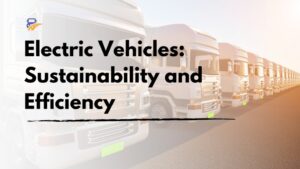
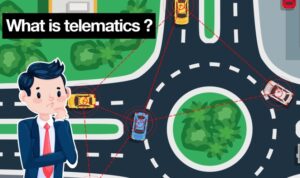
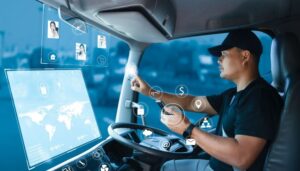

Leave a Reply